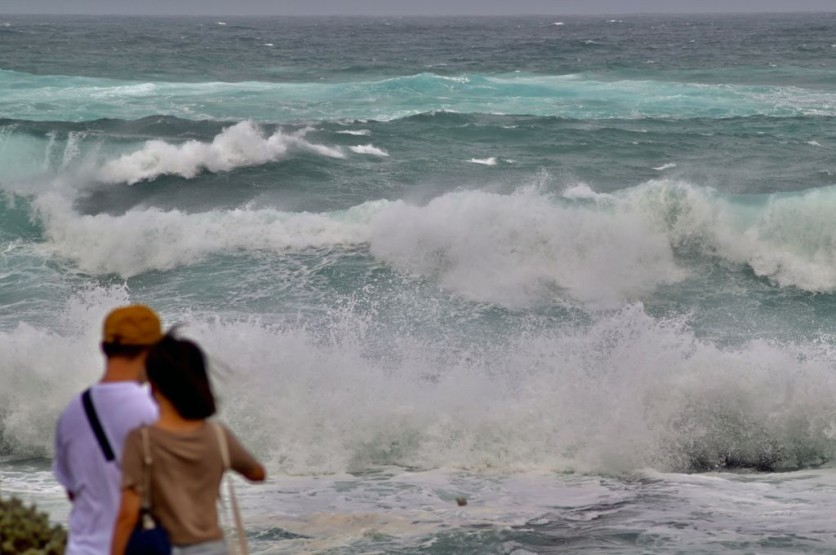A team in China has released new research on nanogenerators to generate enough power to make devices more efficient for wave power, as reported by Interesting Engineering.

It's a new concept that has been found to produce up to 347 watts of power per cubic meter which is double the best previously achieved record. Moreover, it's 30 times more than other triboelectric devices.
The triboelectric effect is a phenomenon that captures the energy that results from static electricity produced when different materials rub together. There have been several attempts to incorporate the triboelectric effect into our current technologies, but nobody has yet to be mass-produced or even sold to the market.
However, with this new concept by the Beijing Institute of Nanoenergy and Nanosystems in China, it could be a game-changer.
The team has developed a design for wave power that features a spring-like coil inside a cylinder. As the waves push the cylinder back and forth, the separate parts of the spiral will come together and separate. As a result, it will generate a small but significant current.
So far, this new development can produce up to 347 watts of power per cubic meter, which is double the previous record. Additionally, it is 30 times more than other triboelectric devices.
The researchers were able to do this because they packed more generators into the same space.
Also Read: 'Wave Energy Generator': CalWave's Clean Power Tech Finishes A Successful 10-Month Open Ocean Test
Wave Energy
Wave energy is a sustainable source of renewable energy. From the "power of the sea," wave energy is predicted to be the largest source of renewable energy. The power of the sea is a great and relatively untapped resource that is cost-effective. However, it's a technology that's still in its infancy.
Wave power is one technology that has been slow to develop and has only really become a viable option in the past decade. The problem is finding the best way to capture the energy. There have been a few devices developed over the years, but none of them have proved to be as efficient as the Beijing team's nanogenerators.
The Beijing team believes that their design can be used in energy-harvesting devices, self-powered electronics, and environmental applications. It has strong potential to be adapted to develop clothes, curtains, or fans in the home that generate electricity. Furthermore, it can potentially be used in sensors for smart electronics, useful for monitoring the environment.
Triboelectric Nanogenerators
Triboelectric nanogenerators harness energy from mechanical energy in the form of small amounts of electric charge. The energy is delivered through small amounts of electric charges from two dissimilar materials moving relative to each other. This works because both materials possess an electric charge, and when they come in contact with each other, a thin layer of triboelectric material is formed. The material is then bonded together by electrostatic force. This bond then results in a transfer of electrons from one surface to another, and thus an electric charge is generated.
Related Article: 'Wave Energy:' This Floating Spine-Like Device Generates Sea Waves Into Electricity!
This article is owned by Tech Times
Written by April Fowell
ⓒ 2025 TECHTIMES.com All rights reserved. Do not reproduce without permission.




